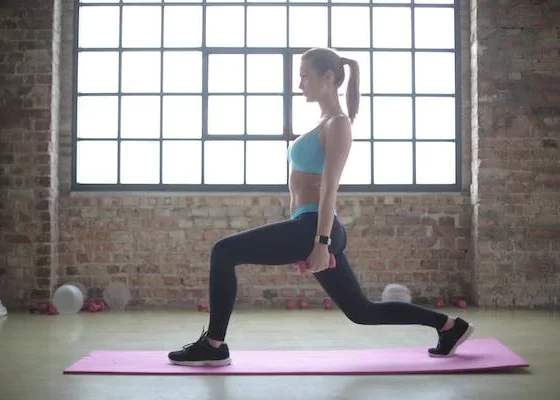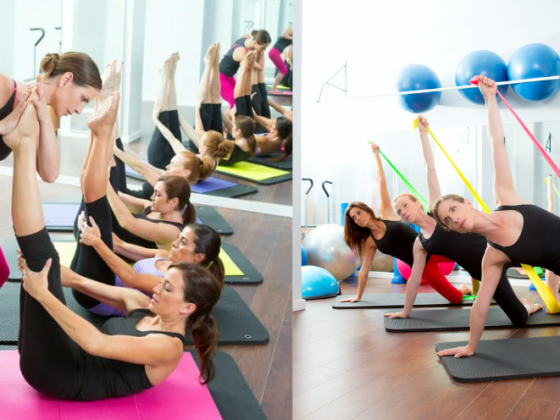Biking isn’t merely about moving from point A to point B; it’s a symphony of muscle engagement, a holistic workout that extends beyond cardiovascular benefits. As you glide through landscapes and conquer challenging terrains, your muscles are working tirelessly, sculpting and toning various parts of your body. This article delves into the lesser-explored realm of biking, focusing on the surprising impact it has on different muscle groups, making it a comprehensive full-body workout experience.
The Leg Work
Quadriceps Quandary
The quadriceps, comprising the vastus lateralis, vastus medialis, vastus intermedius, and rectus femoris, take center stage in the pedaling powerhouse. Their primary role involves extending the knee during the downward stroke of cycling, generating the major force required to propel the bike forward.
Hamstring Harmony
While the quadriceps drive the downward stroke, the hamstrings at the back of the thigh play a crucial role in the upward pull of the pedal. This balanced interplay between the quadriceps and hamstrings ensures a fluid and efficient pedaling motion.
Calf Chronicles
Often underestimated but essential, the calf muscles, including the gastrocnemius and soleus, come into play to stabilize the foot and ankle, providing support during each rotation of the pedal.
Gluteus Maximus
Your glutes, particularly the gluteus maximus, the body’s largest muscle, engage significantly during cycling. They contribute power and stability, especially during climbs and sprints.
Core Strength
The Core Connection
A strong core is the foundation of stability in cycling. It’s not just about the abdominal muscles but also the deep-lying stabilizers like the transverse abdominis, which are crucial for maintaining balance and posture while on the bike.
Transverse Triumph
The transverse abdominis acts as the body’s natural corset, providing support and stability to the lumbar spine and pelvis during dynamic movements, making it a key player in cycling balance.
Obliques in Action
The oblique muscles, both internal and external, aid in stabilizing the torso while leaning into turns or controlling the lateral movement of the bike.
Upper Body Involvement
Shoulder Shuffle
Surprisingly, the shoulders engage to maintain upper body stability, especially when riding on uneven terrain or navigating corners. They aid in steering control and maintaining proper posture.
Latissimus Dorsi Dance
The lats, the large muscles spanning the back, get involved during uphill battles, assisting in pulling and lifting the body during intense climbs.
Arm Agility
While not the primary focus, the arms play a role in supporting the upper body, absorbing shock, and assisting in maneuvering the bike, especially during quick turns and changes in direction.
The Importance of Grip
The continuous grasping of the handlebars engages the muscles of the forearm and hands, contributing to overall arm strength and endurance.
Posture Matters
Back to Basics
Maintaining a proper back posture during cycling is vital to preventing strain and potential injuries. Focus on keeping the spine aligned and preventing excessive rounding or arching.
Neck Nirvana
To avoid strain on the neck muscles, ensuring a relaxed but aligned posture is essential, allowing the neck muscles to support the head without unnecessary tension.
Breath Control
The Respiratory Rhythm
Proper breathing technique plays a pivotal role in sustaining muscle performance. Coordinating breath with pedal strokes helps oxygenate the muscles efficiently.
Diaphragmatic Dominance
The diaphragm, a primary breathing muscle, becomes stronger through cycling, enhancing endurance and overall respiratory function.
Saddle Sores and Perineal Pressure
Saddle Sores Unveiled
Extended rides can lead to discomfort and potential health issues related to pressure on the perineal area. Proper bike fit and adjustments can mitigate these issues.
Alleviating Pressure Points
Making small adjustments to the bike setup and taking breaks during long rides can help in preventing and alleviating perineal discomfort.
Muscle Recovery and Stretching
Post-Ride Recovery Rituals
Post-ride recovery techniques, such as stretching, hydration, and proper nutrition, aid in soothing fatigued muscles and preventing stiffness.
Stretching for Cyclists
Key stretches tailored for cyclists help maintain muscle flexibility and prevent injuries. These include stretches for the legs, back, and shoulders.
Riding Techniques
The Art of Cadence
Understanding and optimizing cadence (pedal revolutions per minute) impacts the engagement of various muscle groups and overall efficiency in riding.
Uphill Challenge
Climbing engages different muscle groups, requiring more power from the glutes, hamstrings, and core. It’s a test of endurance and strength.
Downhill Dynamics
Downhill riding involves relaxing the muscles while maintaining control and balance, offering a different form of engagement and requiring swift reflexes.
Conclusion
Biking is a hidden gem for a full-body workout, sculpting and toning muscles across various parts of the body. The engagement of muscles in cycling goes beyond the commonly recognized leg workout, contributing to overall strength, stability, and endurance. This revelation highlights the multi-faceted benefits of biking, making it a compelling choice for those seeking a holistic fitness routine. So, grab your bike and pedal your way to a well-sculpted body and a fulfilling fitness journey.



